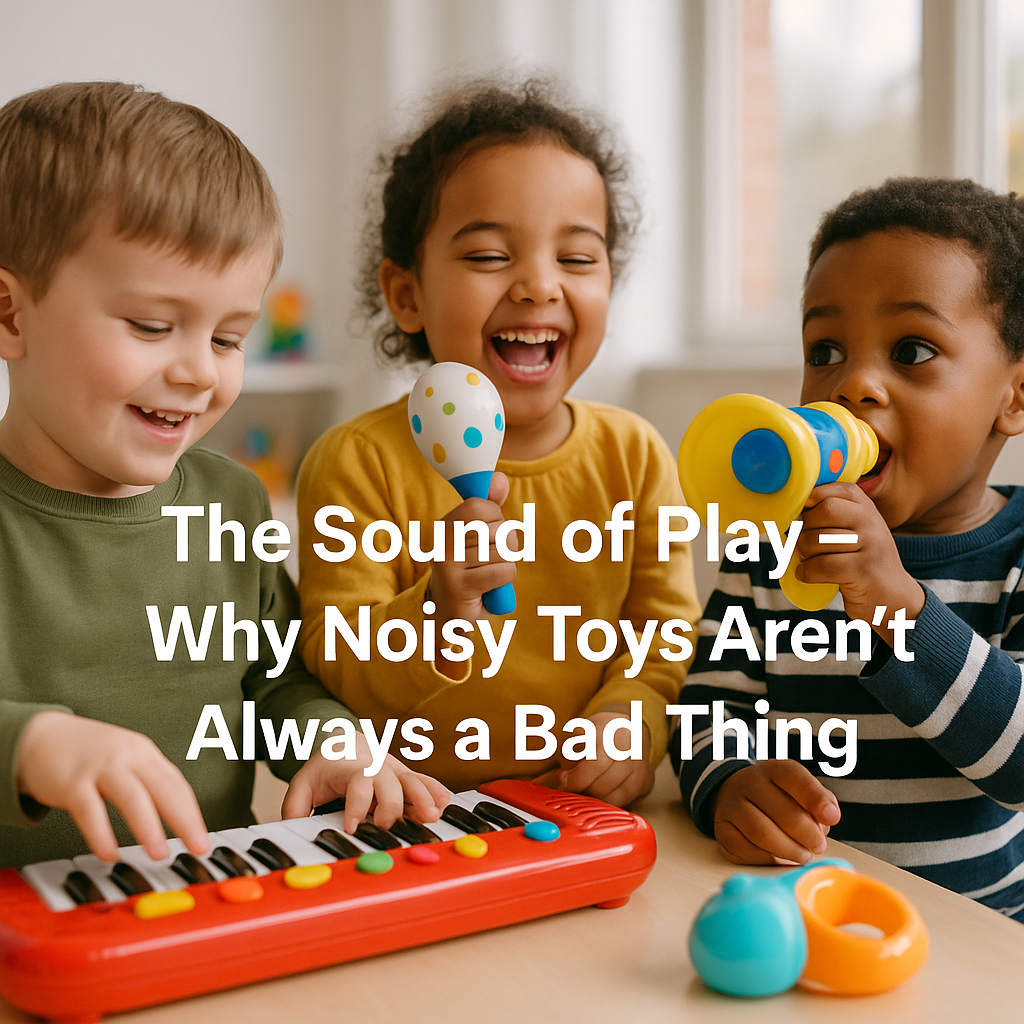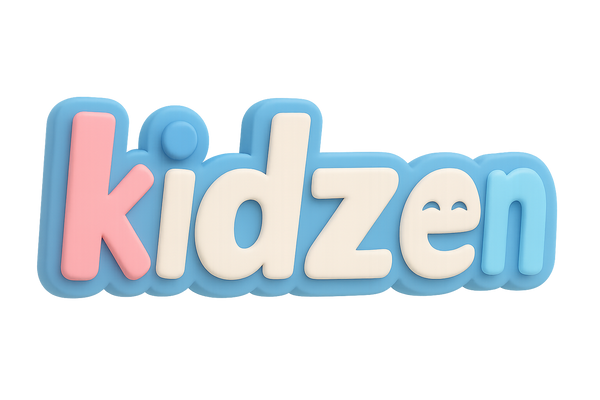
The Sound of Play – Why Noisy Toys Aren’t Always a Bad Thing
Share
When parents think of noisy toys, the first reaction is often frustration. The beeping, rattling, and jingling can feel overwhelming in a quiet home. Yet research suggests that sound-producing toys can support children’s cognitive and sensory development when used in balance.
🎶 Sound and Cognitive Development
Studies in child psychology have shown that interactive sound stimuli help children connect actions with outcomes. For example, pressing a button and hearing music reinforces the concept of cause and effect (Bergen, 2018, Journal of Child Development). These experiences strengthen problem-solving skills and early learning patterns.
🧠 Sensory Integration
Children rely on multisensory input to make sense of their environment. According to a study in Frontiers in Psychology (Gori et al., 2012), exposure to sound combined with touch and sight helps improve sensory integration. A toy that rattles when shaken or plays melodies when stacked gives kids a richer way to explore the world.
👨👩👧 Social and Emotional Play
Noisy toys often encourage group play—think of musical instruments or sound-based games. Research indicates that children who engage in collaborative, sound-oriented play develop stronger social bonds and communication skills (Addessi et al., 2015, Psychology of Music).
✅ Finding Balance
Of course, moderation is key. Too much noise can overstimulate children or annoy parents. Choosing toys with adjustable volume, natural sounds, or short melodies can provide the developmental benefits without overwhelming the household.
🌟 Takeaway for Parents
Noisy toys aren’t just chaos-makers. They can be powerful tools for learning, coordination, and social growth. The trick lies in guiding children to use them as part of a balanced play routine.
